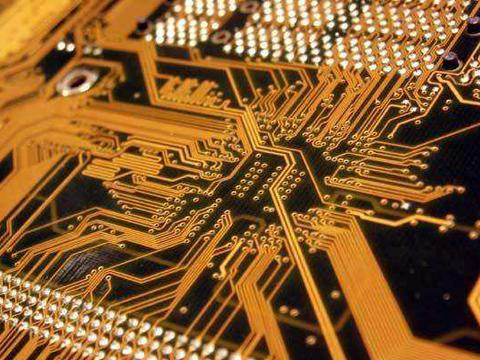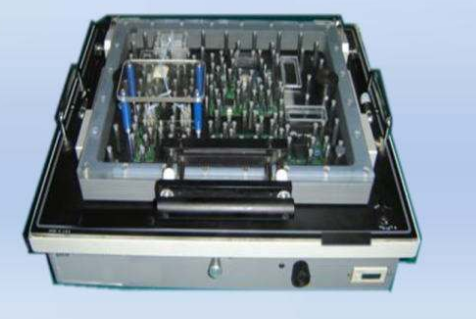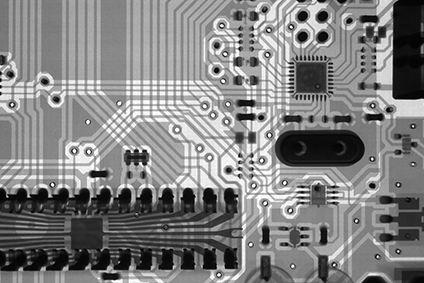About us
FASTPCBA Co.,Ltd
-
 Building 1, Senyang Electronic Technology Park, Guangming High-tech Park, Yutang Street, Guangming District, Shenzhen City.
Building 1, Senyang Electronic Technology Park, Guangming High-tech Park, Yutang Street, Guangming District, Shenzhen City.
-
 F:86-13418481618
F:86-13418481618
-
 [email protected]
[email protected]
 date:2020-10-08 16:36:54
date:2020-10-08 16:36:54
Printed circuit board - PCB, also known as printed circuit board, is a provider of electrical connections for electronic components. Its development has a history of more than 100 years. Its design is mainly layout design. The main advantage of using circuit boards is to greatly reduce wiring and assembly errors, and improve the level of automation and production labor rate. According to the number of circuit board layers, it can be divided into single-sided, double-sided, four-layer, six-layer and other multilayer circuit boards.

In order to ensure the production quality of PCB boards, the manufacturer has gone through a variety of inspection methods during the production process. Each inspection method will target different PCB board defects. I will briefly introduce you below.
1. Manual visual inspection
Main tools: magnifying glass or calibrated microscope. It is the most traditional inspection method to use the operator's visual inspection to determine whether the circuit board is in compliance and determine when the correction operation is required.
The main advantage is low cost, but the disadvantages are human subjective error, high long-term cost, discontinuous defect detection, and difficulty in data collection. At present, due to the increase in the output of PCBs and the reduction of the wire spacing and component volume on the PCB, the disadvantages of this method are becoming more and more obvious.

2. Online test
Main tools: bed of needle tester and flying probe tester. Identify manufacturing defects and test analog, digital, and mixed-signal components through electrical performance testing to ensure that they meet specifications.
The main advantages are the low test cost of each board, strong digital and functional test capabilities, fast and thorough short-circuit and open-circuit tests, programming firmware, high defect coverage, and easy programming. The disadvantages are the need to test fixtures, programming and debugging time, high cost of making fixtures, and difficult use.

3. PCB board function test
The functional system test is to use special test equipment in the middle stage and end of the production line to conduct a comprehensive test on the functional modules of the circuit board to confirm the quality of the circuit board. Functional testing can be said to be the earliest automatic testing principle. It is based on a specific board or a specific unit and can be completed with various equipment. There are types of final product testing, the latest physical model, and stacked testing. Functional testing usually does not provide in-depth data such as foot-level and component-level diagnostics for process improvement, and requires specialized equipment and specially designed test procedures. It is complicated to write functional test programs, so it is not suitable for most circuit board production lines.
4. Automatic optical inspection
Also known as automatic visual inspection, it is based on optical principles, combined with image analysis, computer and automatic control and other technologies to detect and deal with defects encountered in production. It is a newer method of confirming manufacturing defects. AOI is usually used before and after reflow and before electrical testing to improve the pass rate of electrical processing or functional testing. At this time, the cost of correcting defects is much lower than the cost after final testing, often reaching more than ten times.
5. Laser detection system
It is the latest development of PCB testing technology. It scans the printed board with a laser beam, collects all measurement data, and compares the actual measurement value with the preset qualified limit value. This technology has been proven on the bare board and is being considered for assembly board testing. The speed is sufficient for mass production lines. Fast output, no fixtures and visual non-covered access are its main advantages; high initial cost, maintenance and use problems are its main disadvantages.
6. Size detection
Main tool: Two-dimensional image measurement. Measure the hole position, length and width, position and other dimensions. Since PCB is a "small, thin and soft" type of product, contact measurement is prone to deformation and inaccurate measurement. The two-dimensional image measuring instrument has become the best high-precision size measuring instrument.
7. Automatic X-ray inspection
Take advantage of the difference in X-ray absorptivity of different substances to see through the parts that need to be tested and find defects. It is mainly used to detect defects in ultra-fine pitch and ultra-high-density circuit boards, as well as bridging, missing chips, poor alignment and other defects generated during the assembly process. It can also use its tomographic imaging technology to detect internal defects in IC chips. It is the only way to test the soldering quality of the ball grid array and the blocked solder balls. The main advantage is that it can detect the quality of BGA welding and embedded components, without fixture costs. The X-ray inspection equipment produced by UFJ Technology is very suitable for PCB board inspection. It has high-definition X-ray images and has the function of analyzing defects (such as open circuit, short circuit, missing solder, etc.). Not only that, but the X-ray detector produced by UFJ has enough magnification to allow manufacturers to easily see detailed product defects to meet current and future needs.

With the development of science and technology, the utilization rate of PCB boards is widespread, and the inspection in the production process is an important part of ensuring its quality. Only when the right time and the right inspection method are used can the efficiency be maximized.
 Building 1, Senyang Electronic Technology Park, Guangming High-tech Park, Yutang Street, Guangming District, Shenzhen City.
Building 1, Senyang Electronic Technology Park, Guangming High-tech Park, Yutang Street, Guangming District, Shenzhen City.
 F:86-13418481618
F:86-13418481618
 [email protected]
[email protected]